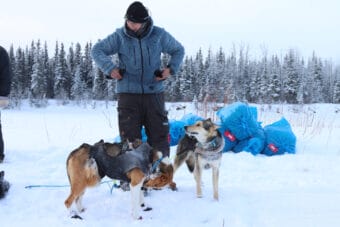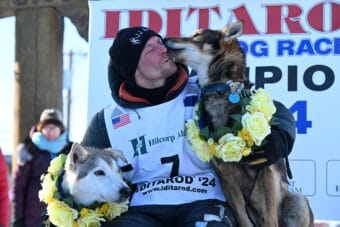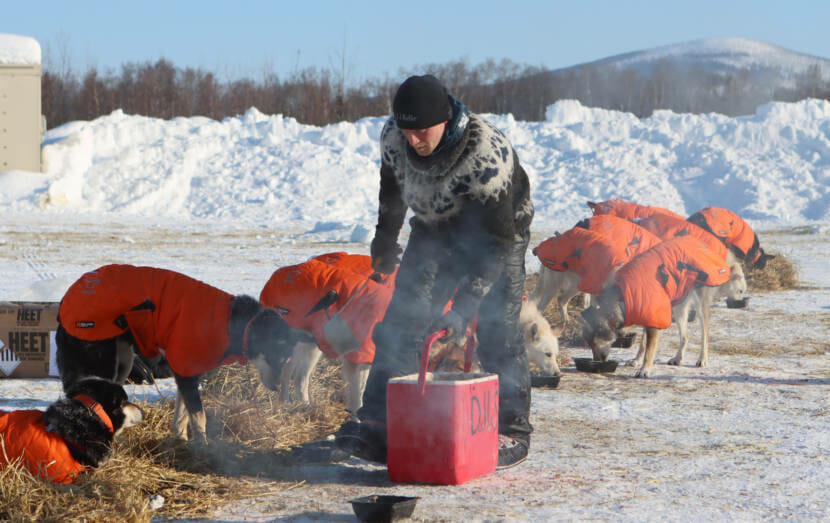
Update
Four-time Iditarod champion Dallas Seavey and his 10-dog team raced into the Skwentna checkpoint at around 12:45 Sunday afternoon, just 67 miles from the finish line and in first place.
Seavey — and all of the teams — must rest in Skwentna for eight hours before making their final dash to the finish line at Deshka Landing, near Willow.
It’s expected to be a close race. When Seavey got to Skwentna, the race tracker showed Nome musher Aaron Burmeister and his 13 dogs roughly five miles behind. Burmeister has his sights set on his first Iditarod championship.
The two teams continued to leapfrog each other on the trail overnight.
The Iditarod is expected to have its 2021 champion early Monday.
Original post
The Iditarod’s five top mushers were running within two hours of each other Saturday as they started their last push to the finish line, with Aaron Burmeister of Nome seizing the lead in search of his first victory.
Burmeister was about an hour ahead of Brent Sass of Eureka on Saturday evening, with about 170 miles before the finish line of this year’s 830-mile out-and-back course.
But the race is far from over: Close behind Sass were three other mushers, including four-time champion Dallas Seavey of Talkeetna, who took a four-hour midday rest on Sunday, allowing a few of his competitors to pass him.
Ryan Redington of Skagway and Wade Marrs of Willow were also in the lead group, and all were within two hours of Burmeister as of Saturday evening.
“This is a very dynamic race — it’s not just me. They’ve got to race each other,” Seavey told the race’s own media outlet, the Iditarod Insider, as he left the checkpoint near the village of Nikolai early Saturday morning. “We got us a dog race.”
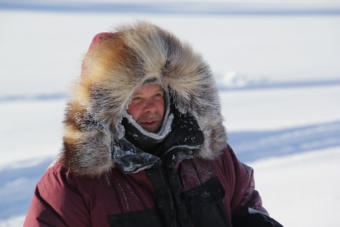
Burmeister arrived at the checkpoint in Rohn, 170 miles before the finish line in Willow, at about 4:30 p.m. Saturday, with the other four top mushers not far behind. For his first-place arrival,, Burmeister claimed a “fish first award” sponsored by the Bristol Bay Native Corp.: $2,000, plus 25 pounds of Bristol Bay salmon fillets.
All the leading mushers have now taken their required 24- and 8-hour breaks, and each will have one last eight-hour rest when they arrive at the penultimate checkpoint in Skwentna — ust about 70 miles shy of the finish line. Race officials are predicting a finish some time in the very early hours of Monday morning.
First, though, the mushers and dog teams have to navigate what’s expected to be the toughest section of the course: a steep climb up and over the Alaska Range. That’s the same stretch of trail that caused fan favorite Aliy Zirkle to crash and drop out of the race when she was descending it in the other direction.
Iditarod officials said they’re relieved to finally have the focus on the racing after a year of intense planning to try to pull off a safe race during the pandemic.
“It’s a pretty euphoric feeling, frankly,” said Rob Urbach, the Iditarod’s chief executive. “It’s been a heck of a load, and a lot of heavy lifting by the team and a lot of sleepless nights.”
Two veteran mushers did drop out of the race Saturday, including 2019 race winner Pete Kaiser of Bethel and Riley Dyche of Fairbanks. Kaiser scratched “in the best interests of his race team,” the Iditarod said, and Kaiser said earlier in the race that his dogs were having “digestive issues,” according to the Anchorage Daily News.
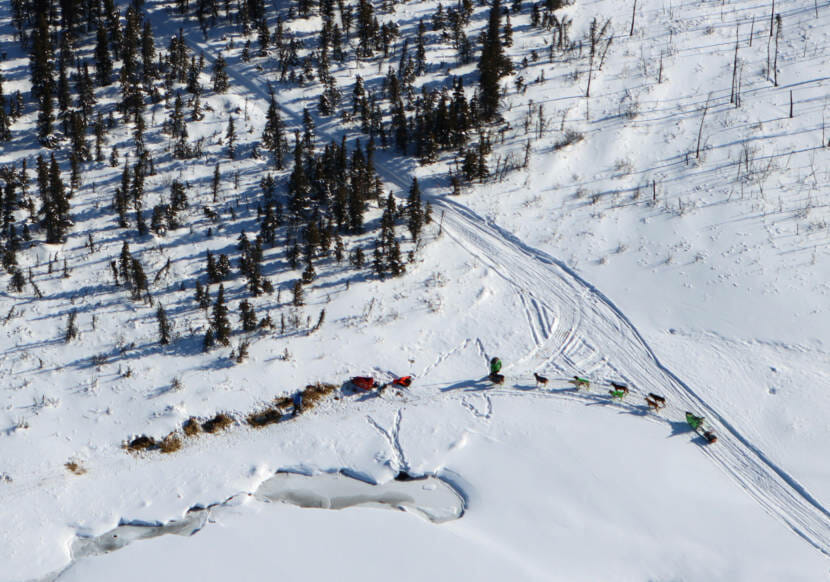
Urbach said he had no new details to report about the Iditarod’s one positive COVID-19 test, which was reported Wednesday in a Minnesota musher, Gunnar Johnson, who was subsequently pulled out of the race.
Race officials said Johnson slept in a tent with two other mushers who they haven’t been able to identify. They say mushers often crawl into and out of tents at night and while wearing masks, making it difficult to track them.
Urbach said the mushers in the tent with Johnson could have been “20 different people,” but “all those folks have been tested, and everyone’s negative.”
Since the positive test, the Iditarod has increased its testing frequency, Urbach said. While he said it was possible to second-guess race protocols that weren’t tracking mushers as they entered and left the tents, he noted that the Iditarod’s testing regime kept nearly 25 people off the trail who were at risk of transmitting the virus — about a half-dozen who tested positive, along with their close contacts.
This story has been updated.

